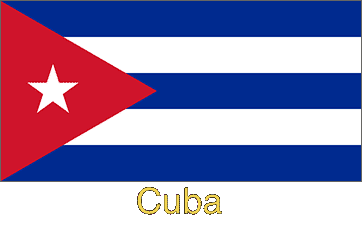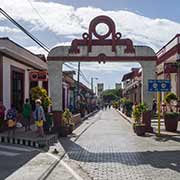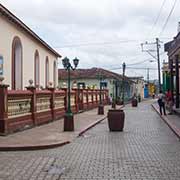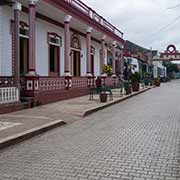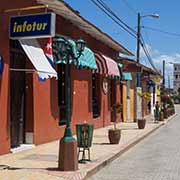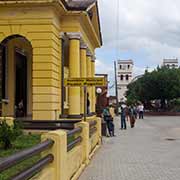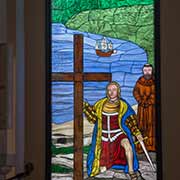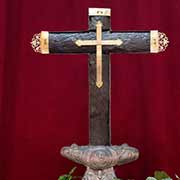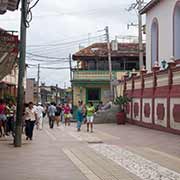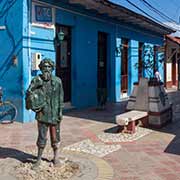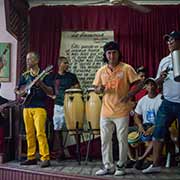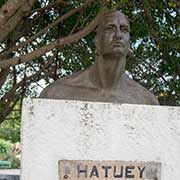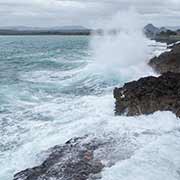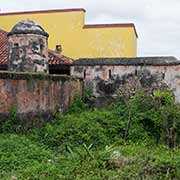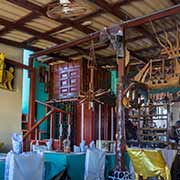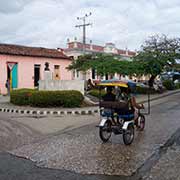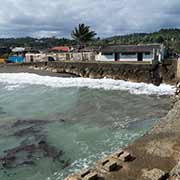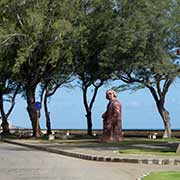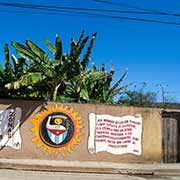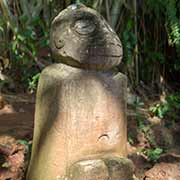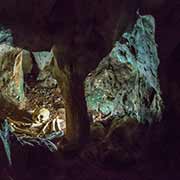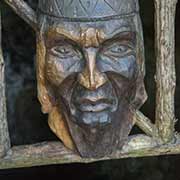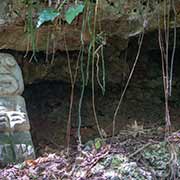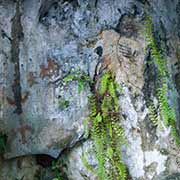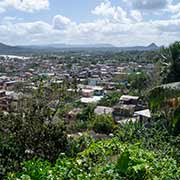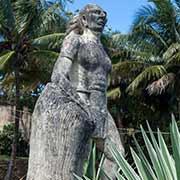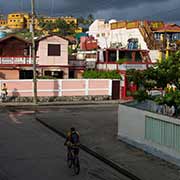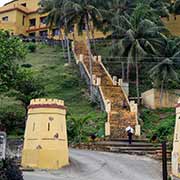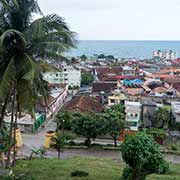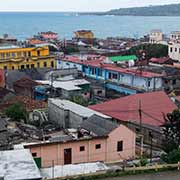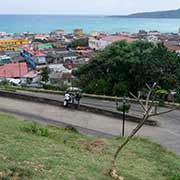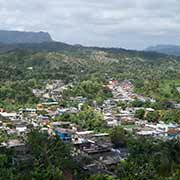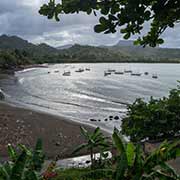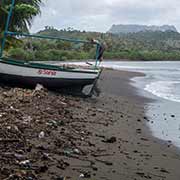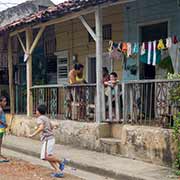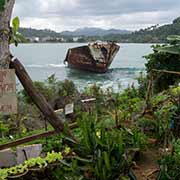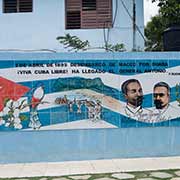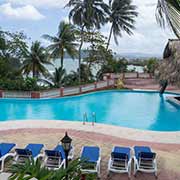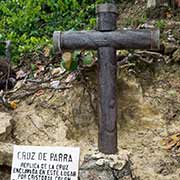Photos of Baracoa, Cuba’s oldest and most isolated town, Cuba
Baracoa, Cuba’s oldest and most isolated town
In Guantánamo Province near the eastern tip of Cuba, Baracoa is the oldest Spanish settlement and was Cuba’s first capital. It is here that Christopher Columbus landed, on his first voyage, on 27 November 1492. The name Baracoa stems from the indigenous Arauaca language word meaning “the presence of the sea”. Situated on the Bahía de Miel (Bay of Honey) and surrounded by a mountain range, the town is relatively isolated and reached by a single mountain road built in the 1960s.
you may then send it as a postcard if you wish.
The settlement was founded by the first governor of Cuba, the Spanish conquistador Diego Velázquez de Cuéllar, who had set out from Hispaniola on 15 August 1511. Before he landed, a Taíno chieftain named Hatuey fled from the Spanish and raised a Taíno army to fight them; he was betrayed and burned at the stake. A bust of Hatuey, “America’s First Rebel”, is displayed in front of the church, which is ironic: just before he was killed, a Catholic priest had tried to convert him so that he would go to Heaven. He then asked the priest if dead Spanish went there too, and when told that was so, he said that he would rather go to Hell.
The Taíno people are remembered here by another statue overlooking the town and in the “Cueva del Paraíso” (Cave of Paradise), an archeological museum in a series of caves on the hill above Baracoa, with displays, rock paintings and a burial site. The Spanish built three forts: El Castillo de Seboruco from 1739 was completed by the Americans in 1900. It now houses Hotel El Castillo, overlooking the city. The Bahía de Miel with the “Cruz de Parra” site across that bay. Columbus erected a wooden cross here on 1 December 1492; a replica is on that spot while the original is in the Cathedral and now decorated with gilded ornaments.


